As the Wellness Coordinator at NIFS, I get to meet a lot of great clients and help them attain their nutritional goals. I have noticed some common questions that arise during the nutrition coaching sessions. Hopefully, if you have been wondering the same things, these answers will give you some more insight!
How Do I Gain Muscle and Lose Fat? 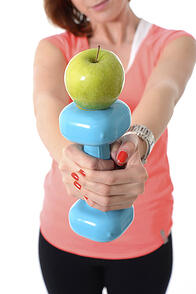
The best way to lose fat is to either increase the amount of calories you burn or decrease the number of calories you consume. As you are doing this, you also need to make sure you are doing two or three days of strength training to build muscle. To decrease calories, it is important to keep track of what you are eating and see where you can decrease. This might be decreasing the amount of coffee creamer you put in your cup of joe or swapping the potato chips at lunch for some raw veggies.
Increasing your protein intake won’t automatically increase your muscle mass. If you are strength training two or three times per week, a simple calculation to know your protein needs is to divide your body weight in half and multiply by 1.5.
How Can I Lose Weight?
The first advice I always give to anyone wanting to lose weight is to start keeping track of your food. Studies have shown you eat 40 percent less when you write it down! This can be done with apps available for your phone, using a website, or just jotting it down with a pen and a piece of paper. It will allow you to see when and why you eat and also hold you accountable for what you are eating.
The other thing that can be helpful with weight loss is to look at what you are drinking. Are you consuming empty calories from flavored coffee drinks, soda, juice drinks, or alcohol? Most people tend to eat the same amount of food no matter how many calories they consume from their beverages. So, try to stick to water, low-fat milk, unsweetened tea, and 100 percent juices for the majority of your liquids.
How Many Calories Do I Need per Day?
Every person is a different height and weight, and has varying levels of activity, so there isn’t one calorie number that works for all individuals to follow. Instead, use this simple calculator, which takes these factors into account to determine the proper amount you should be consuming. Not only does it give an overall number, but what is more important, it tells you how to get that number. Recommended servings of grains, fruits, vegetables, dairy, meat and beans, and fat are given, along with some “extra” calories for those every-once-in-a-while food choices!
If you are interested in having your questions answered during a personal nutrition consultation, please contact on-site Nutritionist Lindsey Recker at lrecker@nifs.org or 317-274-3432, ext 239. Learn more about Nutrition and Wellness services at NIFS.
This blog was written by Angie Sheetz, NIFS Registered Dietitian. Read more about the NIFS bloggers.

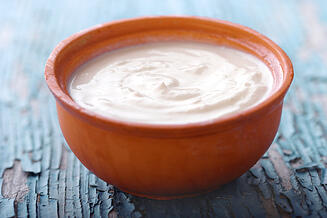
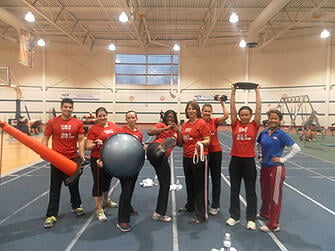 challenged every other week with homework. With a wide variety of exercises and partner workouts, they continue to grow as a team and as individuals. They will continue to pursue their goals in the Slim It program. I hope they can take away this experience and finish the program strong and leave with personal growth of fitness and health.
challenged every other week with homework. With a wide variety of exercises and partner workouts, they continue to grow as a team and as individuals. They will continue to pursue their goals in the Slim It program. I hope they can take away this experience and finish the program strong and leave with personal growth of fitness and health.




 beverage, it will be more challenging to reach for the food!
beverage, it will be more challenging to reach for the food! The holidays are known as a time of temptation, bustling around, and busy schedules. It’s part of what makes me love the holiday season so much. Despite the cheerful feelings in the air, many times when we get busy, nutritious foods and regular exercise are the first things to go!
The holidays are known as a time of temptation, bustling around, and busy schedules. It’s part of what makes me love the holiday season so much. Despite the cheerful feelings in the air, many times when we get busy, nutritious foods and regular exercise are the first things to go!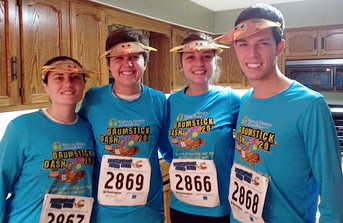 runners of all experience levels participating. The atmosphere was so happy and inviting! Having the race to look forward to kept me on task for the month of November, as I knew I needed to stay in shape to complete the race and feel good the rest of the day. I enjoyed the race so much that I have signed up for a race every year since, and now I am getting my family involved!
runners of all experience levels participating. The atmosphere was so happy and inviting! Having the race to look forward to kept me on task for the month of November, as I knew I needed to stay in shape to complete the race and feel good the rest of the day. I enjoyed the race so much that I have signed up for a race every year since, and now I am getting my family involved!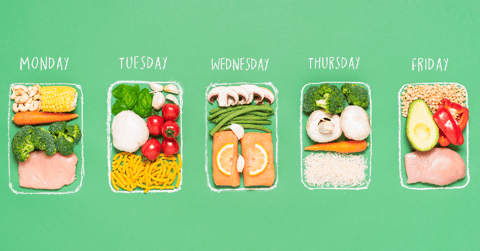
 I know how it feels to have a big exam coming up that consumes every thought in my head, or extra work that needs to be completed away from the office. Having things like this on my mind have made me feel guilty about taking the time out of my schedule to get some physical activity in. Luckily, I have found a way to squeeze in some extra work while getting my exercise in. Read your notes while riding a stationary bike, running on the treadmill, or using the elliptical. It may not be your preferred mode of activity, but it is still movement. Combining the two things on your to-do list will hopefully give you a little break in your schedule so you can spend your spare time celebrating rather than at the gym.
I know how it feels to have a big exam coming up that consumes every thought in my head, or extra work that needs to be completed away from the office. Having things like this on my mind have made me feel guilty about taking the time out of my schedule to get some physical activity in. Luckily, I have found a way to squeeze in some extra work while getting my exercise in. Read your notes while riding a stationary bike, running on the treadmill, or using the elliptical. It may not be your preferred mode of activity, but it is still movement. Combining the two things on your to-do list will hopefully give you a little break in your schedule so you can spend your spare time celebrating rather than at the gym.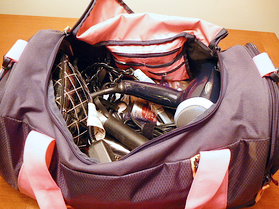 stay focused and not miss any appointments I may have coming up, and that includes my workout appointment with myself! I pack my entire bag the night before so I can get up early to work out before my day starts or hit the gym right after work—if you are lucky, squeeze it in during lunch! No matter what, your bag will be packed and ready to go, leaving you with no excuses.
stay focused and not miss any appointments I may have coming up, and that includes my workout appointment with myself! I pack my entire bag the night before so I can get up early to work out before my day starts or hit the gym right after work—if you are lucky, squeeze it in during lunch! No matter what, your bag will be packed and ready to go, leaving you with no excuses.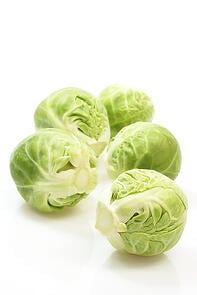 year can be very good for us. Here are some superfoods and recipes to incorporate into your annual holiday feasts!
year can be very good for us. Here are some superfoods and recipes to incorporate into your annual holiday feasts!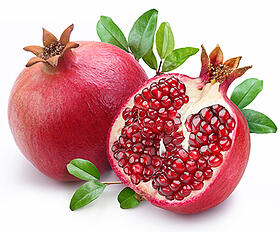
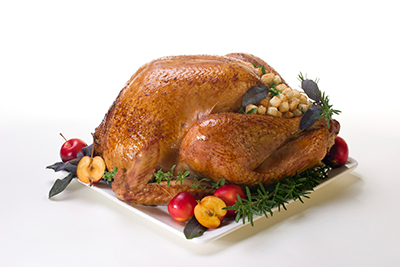
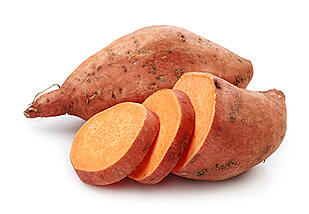



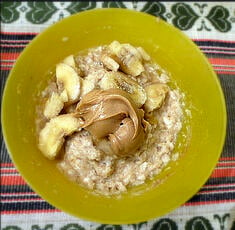
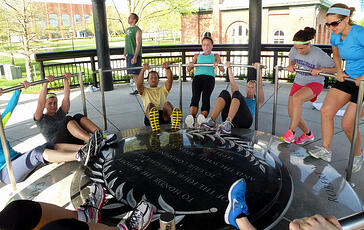
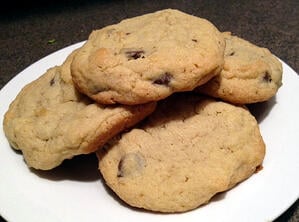
 If it is the most important meal of the day, why do about 31 million people (or 10 percent of the population) still skip breakfast? Here are the top three reasons people skip breakfast and how you can overcome those excuses to make eating breakfast a part of your daily routine.
If it is the most important meal of the day, why do about 31 million people (or 10 percent of the population) still skip breakfast? Here are the top three reasons people skip breakfast and how you can overcome those excuses to make eating breakfast a part of your daily routine.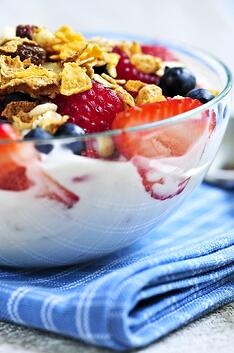
 We have all heard that breakfast is the most important meal of the day, but what about lunch? Lunch is just as key because it allows your body to rest and renew and get geared up for the second half of the day. If you are choosing the wrong thing at lunchtime or skipping altogether, this can lead to overeating in the afternoon and evening, poor performance at work, or an unproductive evening workout.
We have all heard that breakfast is the most important meal of the day, but what about lunch? Lunch is just as key because it allows your body to rest and renew and get geared up for the second half of the day. If you are choosing the wrong thing at lunchtime or skipping altogether, this can lead to overeating in the afternoon and evening, poor performance at work, or an unproductive evening workout.
